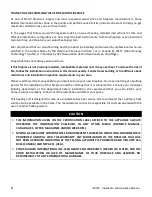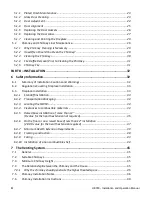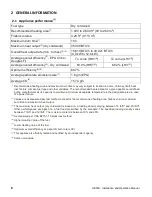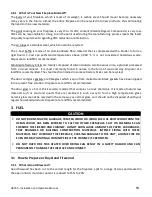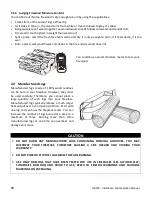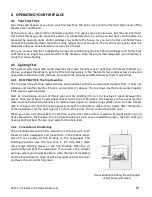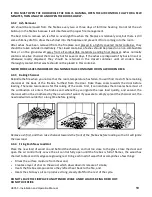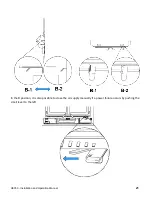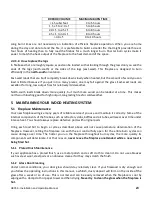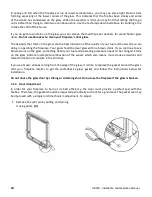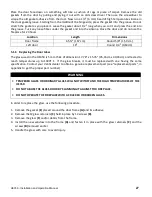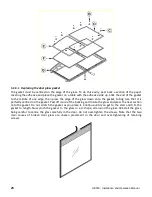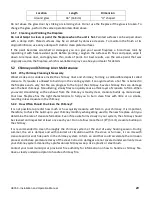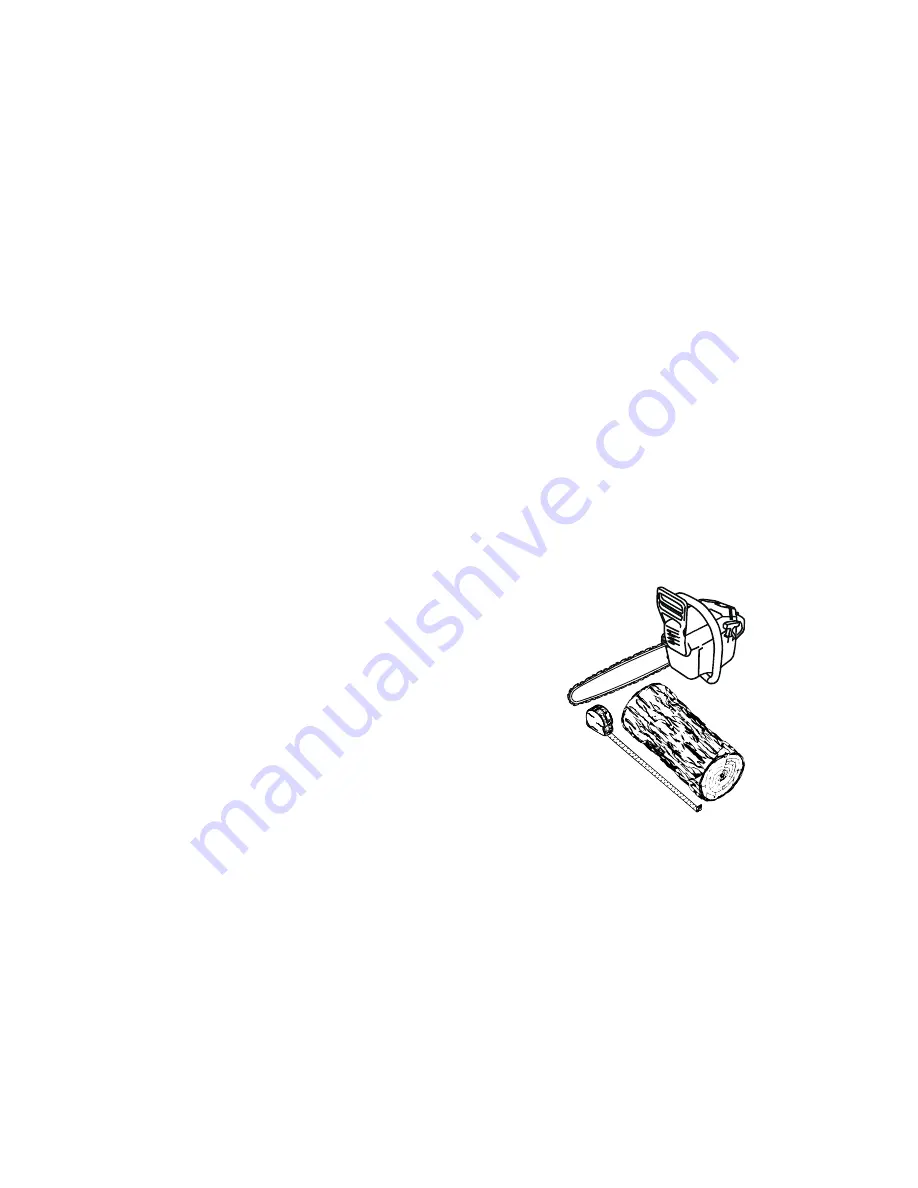
14
HE350 - Installation and Operation Manual
3.1.2
Tree Species
The tree species the firewood is produced from is less important than its moisture content. The main
difference in firewood from various tree species is the density of the wood. Hardwoods are denser than
softwoods. People who live in the coldest regions of North America usually have only spruce, birch and
poplar, other low-density species to burn and yet they can heat their homes successfully.
Homeowners with access to both hardwood and softwood fuel sometimes use both types for different
purposes. For example, softer woods make good fuel for relatively mild weather in spring and fall because
they light quickly and produce less heat Softwoods are not as dense as hardwoods so a given volume of
wood contains less energy. Using softwoods avoids overheating the house, which can be a common
problem with wood heating in moderate weather. Harder woods are best for colder winter weather when
more heat and longer burn cycles are desirable.
Note that hardwood trees like oak, maple, ash and beech are slower growing and longer lived than softer
woods like poplar and birch. That makes hardwood trees more valuable. The advice that only hardwoods
are good to burn is outdated. Old, leaky cast iron stoves wouldn’t hold a fire overnight unless they were fed
large pieces of hardwood. That is no longer true. You can successfully heat your home by using the less
desirable tree species and give the forest a break at the same time.
3.1.3
Log Length
Logs should be cut at least 1
"
(25 mm) shorter than the firebox so they fit in easily. Pieces that are even
slightly too long make loading the fireplace very difficult. The log length recommended for your fireplace is
16
"
(406mm).
The pieces should be a consistent length, with a
maximum of 1
"
(25 mm) variation from piece to
piece.
3.1.4
Piece Size
Firewood dries more quickly when it is split. Large unsplit rounds can take years to dry enough to burn.
Even when dried, unsplit logs are difficult to ignite because they don’t have the sharp edges where the
flames first catch. Logs as small as 3” (75 mm) should be split to encourage drying.


